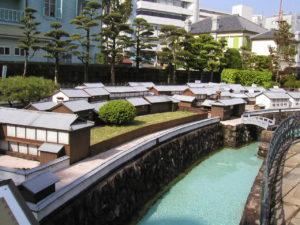Yoshinogari Remains, the 3rd century B.C.
The largest archeological remains in Japan. Lie on the spacious hilly area in the north-eastern
part of Saga. Remains of a ringed-dugout settlement presumably dating back to the 3rd century
B.C. were unearthed there, and excavation is still underway at the site. They are among the
largest archeological remains in Japan.
 |
 |
 |
Kentoshi, envoy to Tang Dynasty from 630 to 894
Kentoshi is the Japanese envoy to China during the Tang Dynasty, and was held
20 times from 630 to 894.
The purpose was to collect the advanced technology, political system, and culture
of the Tang Dynasty, as well as Buddhist scriptures.
The envoy’s route to Tang Dynasty departed from Osaka, passed through the Seto
Inland Sea, and headed for Tang from Hakata Port.
The mission consists of the ambassador, his emissaries, an entourage of international
students, monks and others.. Groups ranged in size from 240 to 250 people to
more than 500 people.
 |
 |
 |
The envoys greatly contributed to introduce Tang culture and systems and Spread of
Buddhism to Japan.
Many cultures and Buddhism spread throughout Japan from Hakata, which was
the gateway for the envoys sent to China.
Therefore, there are many temples in Hakata.
Dazaifu was the western capital of Japan from 7th century
From the late 7th century to the late 12th century, Dazaifu was the western capital
of Japan and controlled Kyushu as an administrative institution.
Geographically, it served as the front line of Japan’s diplomacy and defense, as well
as it is gate way to the Asian continent.
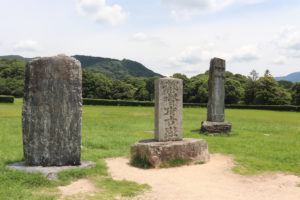 |
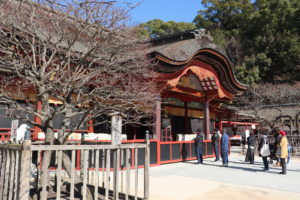 |
 |
Dazaifu Tenmangu Shrine was built in 919 and Dazaifu is now Fukuoka most
important tourist destination with more than 8.5 million tourists visiting annually.
Beginning of Japanese Christianity in 1550
Christian missionary activities in Japan began after Francis Xavier came to
Hirado in 1550.
The Jesuit missionaries who accompanied Francis Xavier carried out missionary
activities in Hirado, Omura, Nagasaki, Goto, Kuchinotsu, Shimabara, Iki,
Amakusa, Bungo, etc. And then many people converted to Christianity.
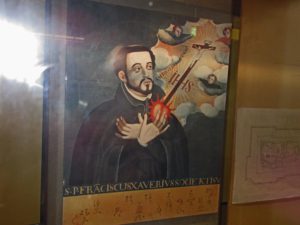 |
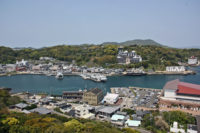 |
|
main missionaries;
Cosme de Torres (Spanish), Juan Fernandes (Spanish), Luis de Almeida (Portuguese),
Gaspar Vilela (Portuguese), Luis Frois (Portuguese), Melechor de Figueiredo
(Portuguese), Alessandro Valignano (Italian)
Nagasaki Port opened in 1571
Nagasaki is Japan’s first international city with a history of trading with many countries
since Nagasaki port opened to Portugal in 1571.
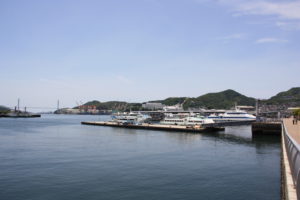 |
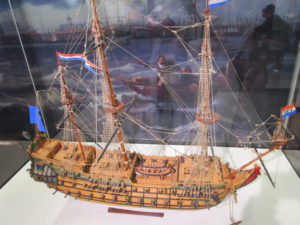 |
 |
Afterwards, artificial islands such as Dejima in 1636 and Shin Jizo (near present-day
Chinatown) were built in 1702, and greatly contributed as trading port place only in
Japan during the period of national isolation.
Society of Edo period from 1603
The Edo period began in 1603 by Shogun Tokugawa Ieyasu who won the Battle
of Sekigahara and lasted for 260 years until 1868.
The Tokugawa shogun granted territory to feudal lords throughout Japan and
controlled from Edo (current Tokyo).
 |
 |
 |
The Tokugawa shogunate established many rules to prevent civil wars among feudal
lords and maintain a stable government.
Samurai laws; feudal lords were prohibited from repairing their castles or getting married
without permission from the shogunate.
Sankin Kotai : the party of feudal lords should visit Edo with own expense every two
years for preventing rebellion.
Establishment of Class system : classify samurai, farmer and merchant
Ban on Christianity
The emperor became a symbol of traditional authority, delegating government to
the shogun.
National isolation in the Edo period
Edo period ruled by the Tokugawa Shogun and was a period of 265 years
from 1603 to 1867.
 |
|
|
The national isolation of the Edo period is that prohibited Japanese people
from traveling abroad and returning home.
And, Nagasaki became the only place for foreign trade, and restricted to Dutch
trading posts and Chinese ships.
Hirado Dutch Trading Post, established in 1609
The Hirado Dutch Trading Post was a trading base in East Asia that was established
in Hirado by the East India Company in 1609.
Hirado was developed as a trading center until 1641, when the trading post was
moved to Dejima, Nagasaki.
 |
 |
 |
History of Dejima from 1636
Dejima was the fan-shaped artificial island in the bay of Nagasaki where was used
as a trading port during Japan’s National isolation of Edo period.
In 1636, the artificial island, Dejima was constructed to accommodate Portuguese
who lived in Nagasaki and to prohibit Christian missionary work.
 |
 |
 |
In 1638, trade with Portugal was prohibited and Dejima becaome an uninhabited island.
In 1641, the Dutch trading post in Hirado was moved to Dejima, and then the history of
trade with the Netherlands began at Dejima as only the gateway to European in Japan.
Accurate Japanese map completed by Ino Tadataka in 1821
Ino Tadataka started surveying the land of Japan at the age of 56, and
spent 17 years creating Japan’s first accurate map of Japan based on actual
measurements.
The map was completed in 1821, three years after his death.
 |
 |
 |
Siebold came to Japan in 1823 as a Dutch doctor, and not only introduced
Western culture to Japan, but also passionately researched and collected
materials about Japan.
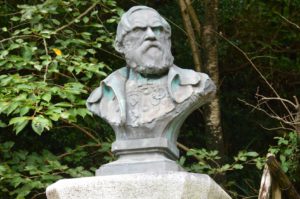 |
 |
 |
When he was returning to Dutch, he was found hiding a secret Japanese
map made by Ino Tadataka, and was ordered to be deported.
However, at that time, he succeeded in secretly copying the map and
taking it with him.
Siebold introduced Japan to the West through the maps and materials he
brought back.
This information served as a reference when Mathew C Perry came to
Uraga in 1853.



